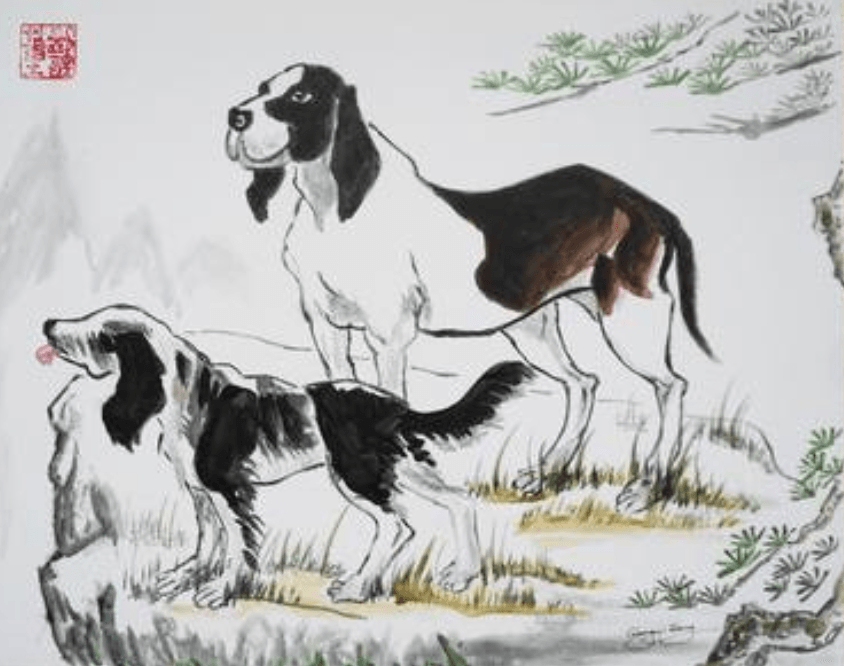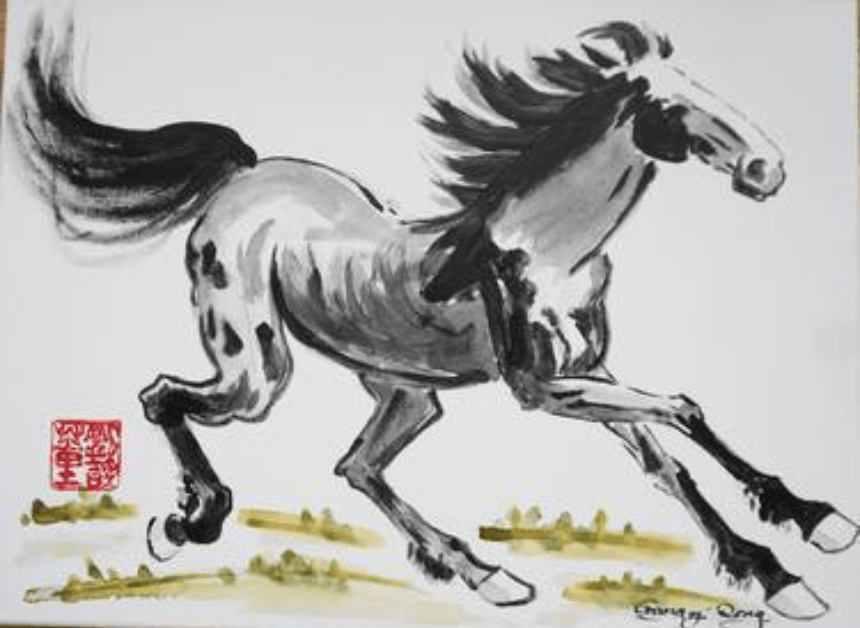What should I expect on my first visit?
Acupuncture treatment is safe, effective, painless and free from side effects. In our office, we only use very thin and small needles that are pre-sterilized and disposable. At each patient’s initial visit, we carefully collect all clinical data, including historical and current health inquiry, look at the patient’s tongue (traditional Chinese medicine diagnostic step), feel the patient’s pulse and do necessary palpation. Then we analyze the data, evaluate the patient’s situation and make a treatment strategy. After completing the consultation, we discuss the first treatment and explain the procedure.
Most new patients receive a very gentle treatment at the first visit. Depending on the different physical conditions of the patients, we will carefully choosing the acupuncture points and use 1 – 8 needles. The insertion is very shallow and barely touches the skin. Patients usually feel nothing. Depending on the patient’s condition.the needles remain in the points for 3 – 20 minutes, Afterwards, the needles are painlessly removed and discarded. The patients will relax in the original position for a few minutes before getting up to go home. No specific care is needed after the treatment; however, we generally recommend that patients “take it easy” for the rest of the day, i.e. no vigorous exercise or heavy physical labor work. We have observed that in this way, patients receive the optimal effect.
The number of needles used, length of the time they remain in the points, location of the points and how needles are manipulated during the treatment will decide the dosage of the treatment. Depending on the patient’s response from the initial treatment, at the second visit, we usually give patient more needles and leave them in the points for 1-3 minutes longer. At the third visit, we may increase the dosage a little again, and so on until we reach the optimal dosage. Then, we stay at that dosage for a while. Every person’s body requires a different dosage, so there is no “standard” dosage. Whichever dosage is best for that patient, that dosage will be adopted.
The number of treatments for a patient can vary greatly depending on the individual and his/her condition, ranging from one treatment to many many treatments. Some patients may also be recommended Chinese herbal formulas. Most Chinese herbal formulas are composed of multiple herbs and other natural ingredients, and are made for specific conditions. Most herbal formulas that we keep in our office were created hundreds years ago, and several were recorded in the textbook written more than 2,000 years ago. (See web page about “Oriental Medicine”)
After such a long history of clinical use of these formulas, a lot of experience has been accumulated; gradually, the most effective formula is discovered and used continuously while the less effective ones were abandoned. In our office, we only keep the most popular and effective formulas. Usually they are very safe, almost like just taking some food. Even still, we handle these herbal formulas with great care. We always look into the patient’s specific condition by checking their tongue, feeling their pulse and doing “differential diagnoses”, before choosing the correct, corresponding formula for them. Note that while herbal formulas are indeed all natural, most do have a slower effect and only a few work quickly to show “fast results.”
What is Acupuncture and Oriental Medicine?
Oriental medicine involves several branches, but the basic foundation is Chinese Medicine. Chinese Medicine has many disciplines, but is rooted in acupuncture and herbology. Acupuncture originated in China about 4,000 years ago, starting from the New Stone Age. The stone needles that archaeologists unearthed from that period were already very sharp. The earliest herbal formula book was written 2,300 years ago and still serves as the foundation of today’s basic herbal formula textbook used in medical schools across China.
Together, acupuncture and herbology have had over 2,300 years of documented history – a far longer testing period than any contemporary treatment method or government-approved clinical trial today. It is no surprise that people have globally recognized the longstanding clinical value of acupuncture and Chinese herbal medicine. Many countries adapted the main theory of Chinese medicine and added their own features to form their own style of Oriental medicine, such as Japanese, Korean, etc.
However, no matter how unique the characteristics of their respective appearances, the main back bone never steers too far from the basic Chinese method. In this clinic, we use basic Chinese techniques mixed with various styles of treatment. Whatever is suitable for a specific condition, whatever is best for that individual patient, that style and that technique will be applied. In most cases, the full treatment is a mixture of techniques.
In China today, Oriental medicine is practiced alongside Western medicine in all hospitals. In the United States and many European countries, Oriental medicine is practiced in more and more domestic hospitals. Doctors and scientists observe that both Western and Eastern medical systems are complementary, and should be integrated to offer optimal healthcare. Many research programs have been established in the United States and Europe to explore the combination of these methods. Research findings have verified that insertion of needles into different points on the body does indeed affect the brain.
Depending on the points or the body’s condition, the same point or different points can alternate the concentration of neurotransmitters in certain synapses of the nerves, or change sensitivity in the receptors of neurotransmitters in the brain. From there, the points will either inhibit or excite general effects released from the brain into all other parts of the body, to manipulate the body’s function and to heal the problem. This prescribed method is the way to quash inflammation, relax muscle tension, increase or decrease the heart rate, promote energy or sedative effects, etc. The general direction is to push the body’s function to the optimized neutral and balanced condition, known as bidirectional adjustment.
The well-known common saying in traditional Chinese medicine is:
Yang too strong, we weaken it
Yin deficiency, we replenish it
Too hot, we cool it down
Too cold, we warm it up.
Too high, we suppress it
Too low, we promote it
Too dry, we provide moisture
Too wet, we make dryer.
Too excited, we calm it down
Too depressed, we raise it high
Too fast, we slow it down
Too slow, we speed it up.
In this way, we balance the body and align back to harmony.


